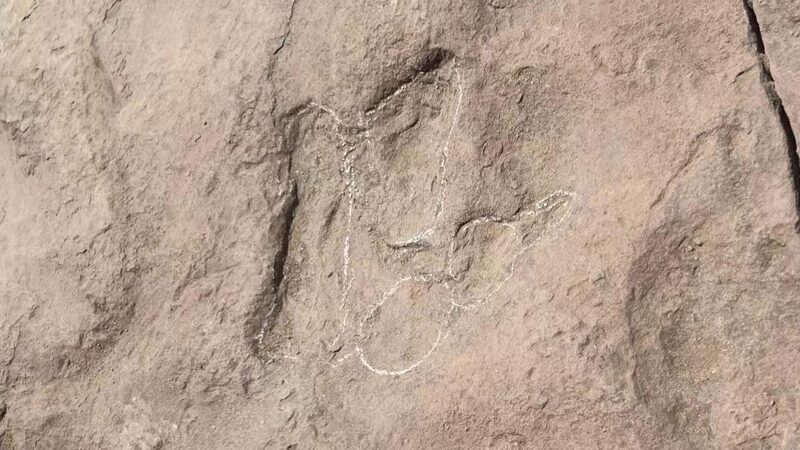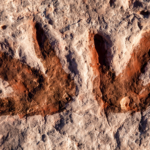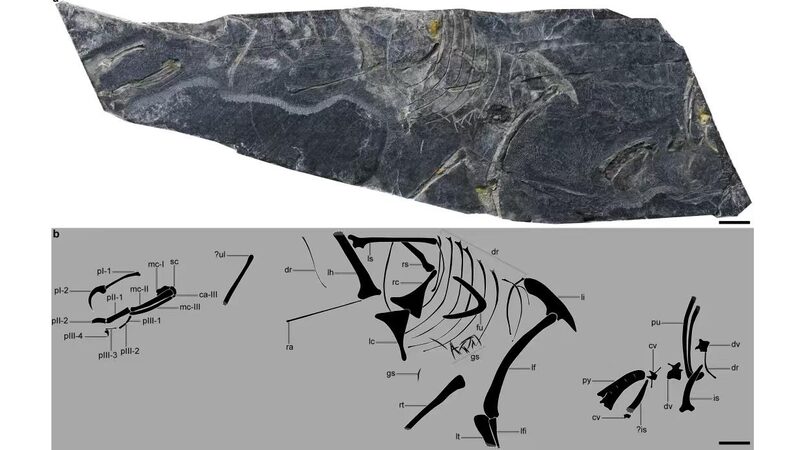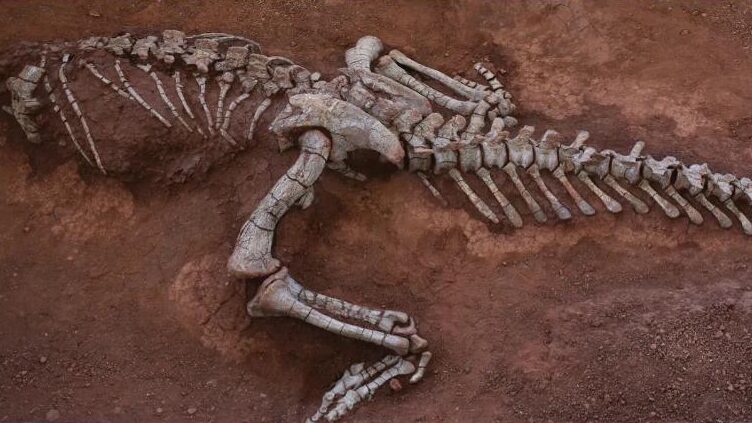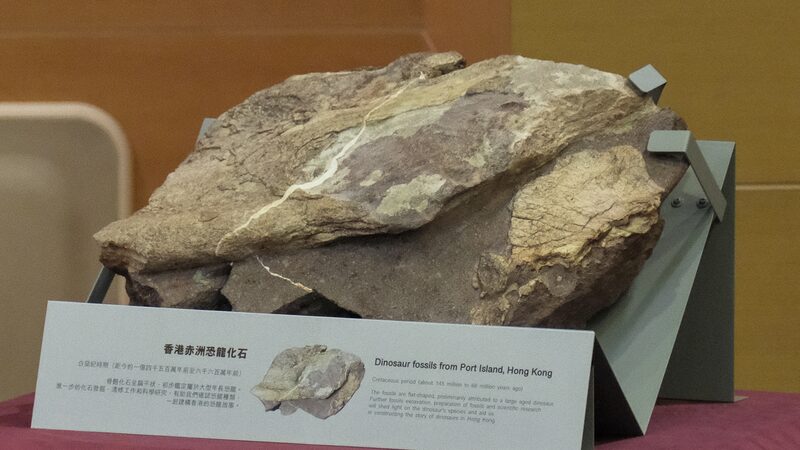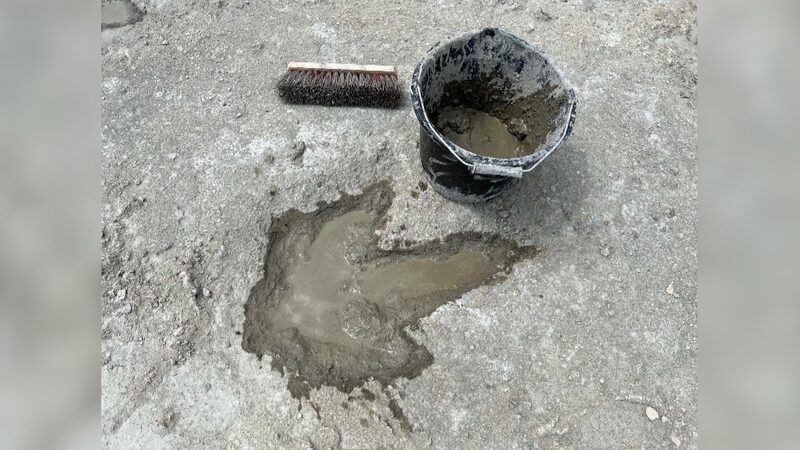A remarkable discovery has emerged from the Linxia Global Geopark in northwest China’s Gansu Province: five tiny fossilized dinosaur footprints dating back to the Cretaceous period. Measuring just one to three centimeters in length, these footprints are believed to be among the smallest known dinosaur tracks in the world.
The footprints were uncovered in early August by workers from the dinosaur museum within the geopark. Continuous rainfall had eroded the weathered rock surfaces, revealing the delicate imprints. Xing Lida, an associate professor at the China University of Geosciences (Beijing), noted that similar footprints were first found in the country’s Sichuan Basin, later in Shandong Province, and then in the Republic of Korea.
“The latest discovery in Linxia suggests a broader distribution of these tiny dinosaur tracks during the same period,” said Xing. “This is significant for studying biostratigraphy, geological ages, and dinosaur diversity in these regions.”
Xing emphasized the scientific value of the find, stating that it offers new insights into dinosaur miniaturization—a key evolutionary step towards the emergence of birds. The footprints not only reflect the behaviors of these diminutive dinosaurs but also shed light on their relationship with the environment.
Since the late 1990s, over 2,000 dinosaur footprints have been discovered in Yongjing County, part of the geopark known as the “Liujiaxia dinosaur footprint cluster.” The continuous discoveries have greatly enhanced the cultural and tourism value of the area. According to You Wenze, the curator of the museum, strengthened protection efforts in the geopark and surrounding regions have led to an enlarged footprint cluster and increased interest from both scientists and tourists.
Xing explained that the new footprints indicate the dinosaurs were not fast-moving. “The rock surface shows clear ripple marks, suggesting that these small dinosaurs were active near water,” he said. “We found many waterbird footprints alongside them, forming a typical combination consistent with findings in other regions.”
This discovery adds a new chapter to our understanding of dinosaur ecology during the Cretaceous period. The tiny footprints provide a window into the lives of small dinosaurs and their interactions with their environment, offering valuable data for researchers studying the evolutionary link between dinosaurs and birds.
Reference(s):
cgtn.com
